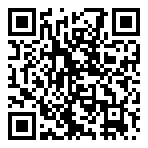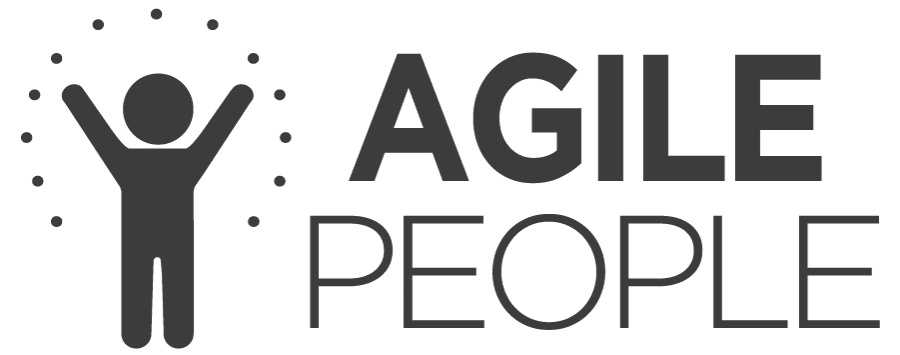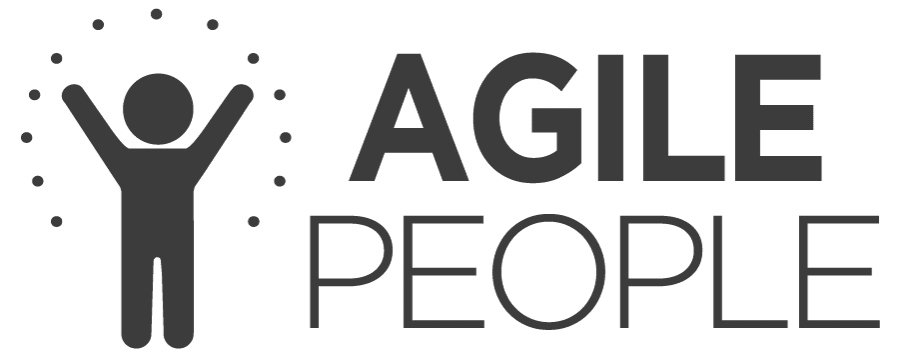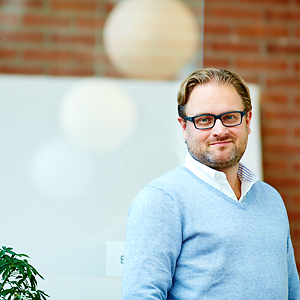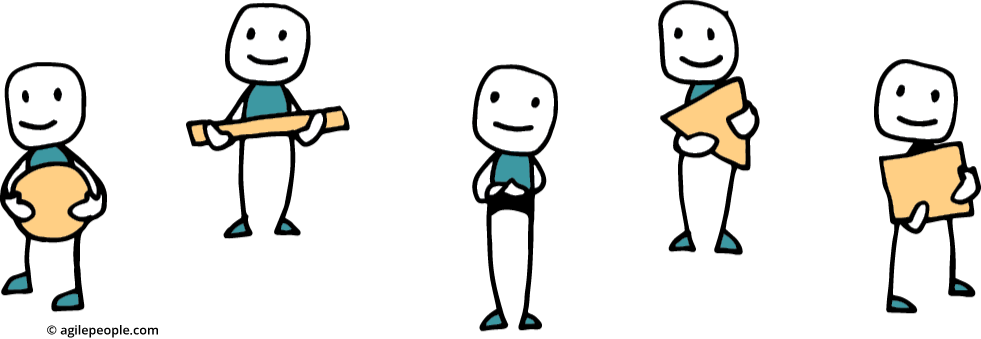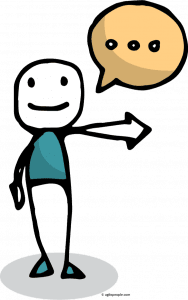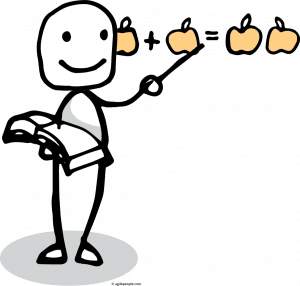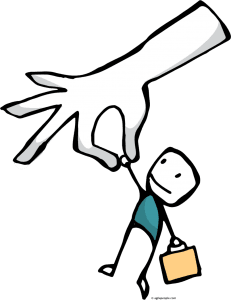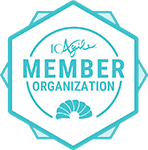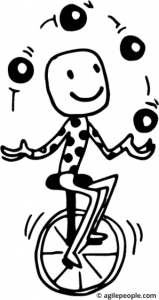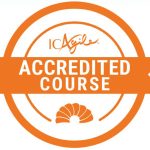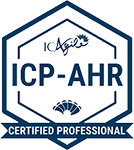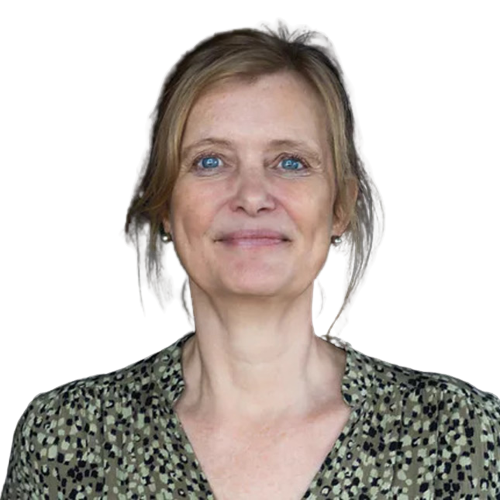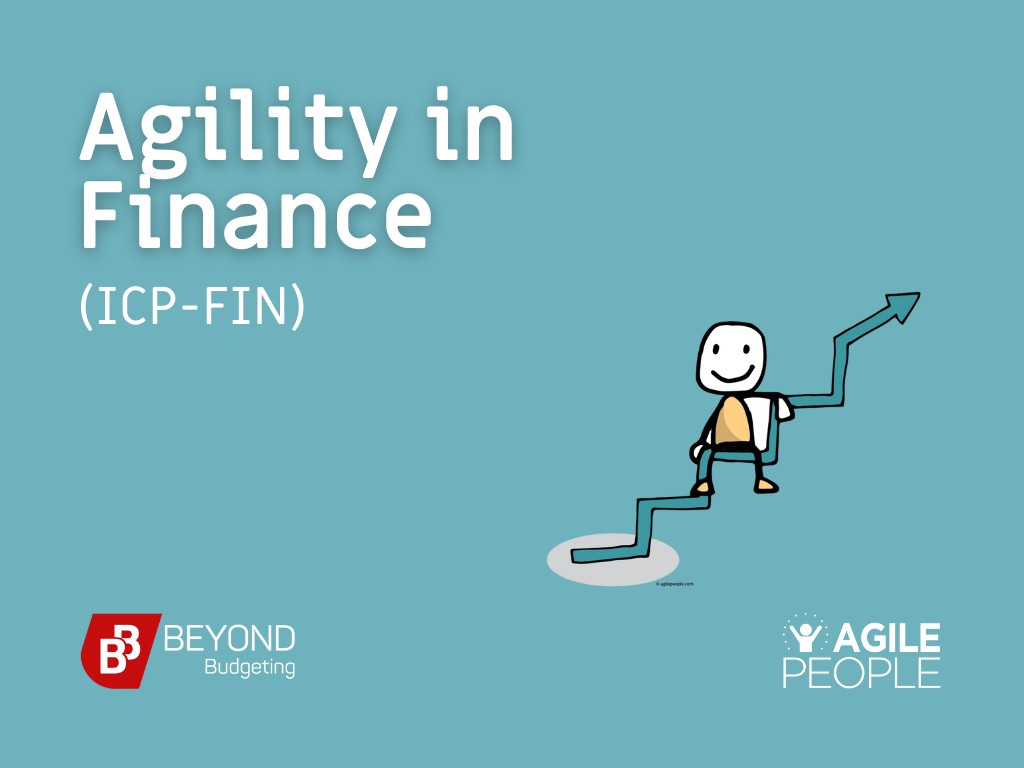
Agility In Finance
ICP-FIN
(Ten 2-hour Interactive Online Sessions)
Finance As An Enabler for Business Agility
By embracing Agile practices and aligning financial processes with agile principles, Finance becomes a powerful enabler of business agility. With Agile Finance, organizations can swiftly adapt and respond to changing market demands, unlocking growth opportunities and ensuring long-term success.
Beyond Budgeting is a management philosophy that challenges traditional budgeting processes. It advocates for flexibility and adaptability in management practices, acknowledging that traditional approaches can be rigid, time-consuming, and disconnected from the realities of a rapidly changing business environment.
Our practical and in-depth Agility In Finance course provides valuable insights into how Finance can enable Business Agility. It equips participants with the necessary knowledge to effectively allocate financial resources, develop agile decision-making frameworks, and optimize performance management in an agile context.
By implementing the Beyond Budgeting concept, organizations gain the agility needed to navigate complex and uncertain business environments, ultimately driving sustainable growth and success.
Why should I consider taking this program?
If you are a Professional in Finance and want your function to be the driver for Business Agility, this is the training for you. Learn how to adapt the Beyond Budgeting concept to have a Finance practice with greater agility, improved decision-making, and enhanced performance in dynamic market conditions.
Our interactive group sessions encourage sharing experiences, discussions, and hands-on learning through our Learning Management System (LMS).
Don’t miss out on the opportunity to become a leading Finance professional.
Target Audience
The training is for Professionals in Finance, leaders, or aspiring leaders, at all organizational levels. It is designed for professionals seeking to learn what is necessary to lead in adaptive environments and how to develop relevant leadership capabilities.
It is also for HR, Management Consultants, Change Managers, or Agile Coaches who want an understanding of Agile Leadership.
Professional Certifications
This training can lead to Professional Certifications in Agility In Finance (ICP-FIN)
Agile People – a global community
You are welcomed into the international Agile People community, a global network of agile professionals working together to help organizations increase agile values using principles, tools, methods, and models. The vision is to create better organizations with happier employees and higher adaptability to cope with the changing reality.
After the training, you can subscribe to the training material and the exercises you can use in your organization or with your clients. For example, maybe you work in an HR role today or have been a leader for a shorter or longer period. Or perhaps you are an agile coach who feels ready for more profound challenges and understanding regarding people and how HR and leaders need to change so that you can support them in their future roles.
FAQ
Do I need any pre-competence?
You don’t need any pre-competence to attend the online course. We are tailoring the approach for the participants and your level. As a bonus, you will learn to use modern digital tools, like digital Canvases, Video meeting platforms, Kanban boards, etc.
How does the process look for this training?
We will use virtual online tools to communicate, learn and interact. You will need a good internet connection and an undisturbed workplace where you can have a quiet background. We will work in break-out sessions in Zoom and use our community platform for communication between the instructor-led sessions. We will go through all practicalities during the first session.
Are the sessions scheduled on specific days at specific times?
Yes, the sessions take place according to a schedule for the year that has been predetermined. If you miss a session, you can always take it back at a later session.
After training completion, what is the process to become ICAgile Certified?
The certification process requires finalizing the certification assignment and answering several questions after each session. When the work is completed (approved with feedback from us), you can buy your ICAgile certificate in our shop. In addition, we will make your certificate download available from ICAgile via a link. The Agile People Certificates are included in the training price after finalizing the course.
Online Delivery
We are working with Zoom for interactive discussions and team exercises, Mural as the digital canvas, and our community platform for communication between the sessions. In addition, you will get access to Agile People Campus (our Learning Management System on agilepeople.com), which contains an overview and detailed information about videos, articles, documents, and case stories for all sessions, including links to all the tools used in training. You will also get access to our three books in digital format.
There will be some work after every session, so add about 3 hours more every week. We will distribute course literature and material digitally. You will accomplish the certification assignment between the sessions to be ready on the last session’s day.
Events Cancellation Policy
If you should have to cancel your registration, a notification in writing should be sent to [email protected]. Would you please make sure you state the name of the conference/event in the subject line of your email?
- We will refund 85% for cancellations received 60 days before the start of the event.
- We will refund 50% for cancellations received 59 days and 31 days before the event starts.
- We will refund 25% for cancellations received between 30 and 14 days before the event’s start.
- We will issue no refund for cancellations received within 14 days of the event.
- You are allowed to send a colleague.
Training session details:
- May 20, 2024 – h 15.00-17.00
- May 23, 2024 – h 15.00-17.00
- May 27, 2024 – h 15.00-17.00
- May 30, 2024 – h 15.00-17.00
- June 3, 2024 – h 15.00-17.00
- June 5, 2024 – h 15.00-17.00
- June 10, 2024 – h 15.00-17.00
- June 13, 2024 – h 15.00-17.00
- June 17, 2024 – h 15.00-17.00
- June 19, 2024 – h 15.00-17.00
Trainers
-
 Knut Fahlén
Knut FahlénKnut is an internationally recognized expert in governance and management systems in both private and public organizations. He is a highly appreciated education leader in the fields of economics, operational control, and development of controllers. He has published several books on Beyond Budgeting, Dynamic control, and Decision-making under uncertainty and risk.
Knut is passionate about challenging and transforming traditionally slow and unresponsive organizations.
